Content Marketing for Small Business : 6 Steps to Guide
Follow these 6 steps to effectively create content marketing for small business and differentiate yourself from competitors.
Kasthuri | 19 June 2024

Content marketing has many benefits. It helps your site rise in search results, attract new potential customers, engage your audience, and increase your revenue.
One study showed that 91% of marketing professionals were successful in marketing their products. But the real challenge is figuring out what to create. With so many programs and platforms, the options can be overwhelming, especially for small businesses with limited budgets.
In this article, we’ll explain what content marketing is, look at some effective content types for small businesses, and outline how to create a successful content marketing strategy.
What is content marketing?
Content marketing is more than just writing a blog and posting it. It means creating content, sharing it, and posting it online. Your content can include articles, videos, social media posts, and more. It can be an email, a tweet, or a web page. The goal is to raise awareness about your brand.
But it doesn’t go away. You can use content to engage with customers at every stage of their buying process. The key is to provide them with helpful or interesting information.
Content marketing is a long-term strategy that benefits all types of businesses. Small and new businesses can also use it to build a strong reputation, stand out from the crowd and prove they are experts in their field. Content also helps reach new customers, driving sales.
Why should your small business do content marketing?
Creating useful and timely content helps your business become a thought leader in your industry. This increases the recognition of your business and builds customer trust, respect and loyalty.
Content marketing also helps you understand your consumer’s problems and shows how your products solve those problems, which can lead to sales.
Another sustainable benefit is the production of evergreen products. This is information that isn’t old-fashioned, like blog posts about the history of your industry or infographics about unchanging processes.
Content marketing is also versatile. You can create content that works across multiple channels and campaigns. For example, a blog post about community needs can be turned into a YouTube video. You can then share both on your social media. This helps you save time and money by maintaining expertise in your business.
Content Marketing for Small Business: Steps to Success
In the rest of this post, we’ll share seven steps that every business owner can take to create a successful small business content marketing strategy.
1. Start a blog
Starting a blog is a completely free way to promote your business and showcase your expertise in your industry.
Having 21-54 blog posts on your website can increase your website traffic by 30 percent.
Blogs can also:
- Improve your search engine ranking (SEO).
- Provides more benefits to customers – Increase your visibility
- Generate leads and improve your chances of making a sale
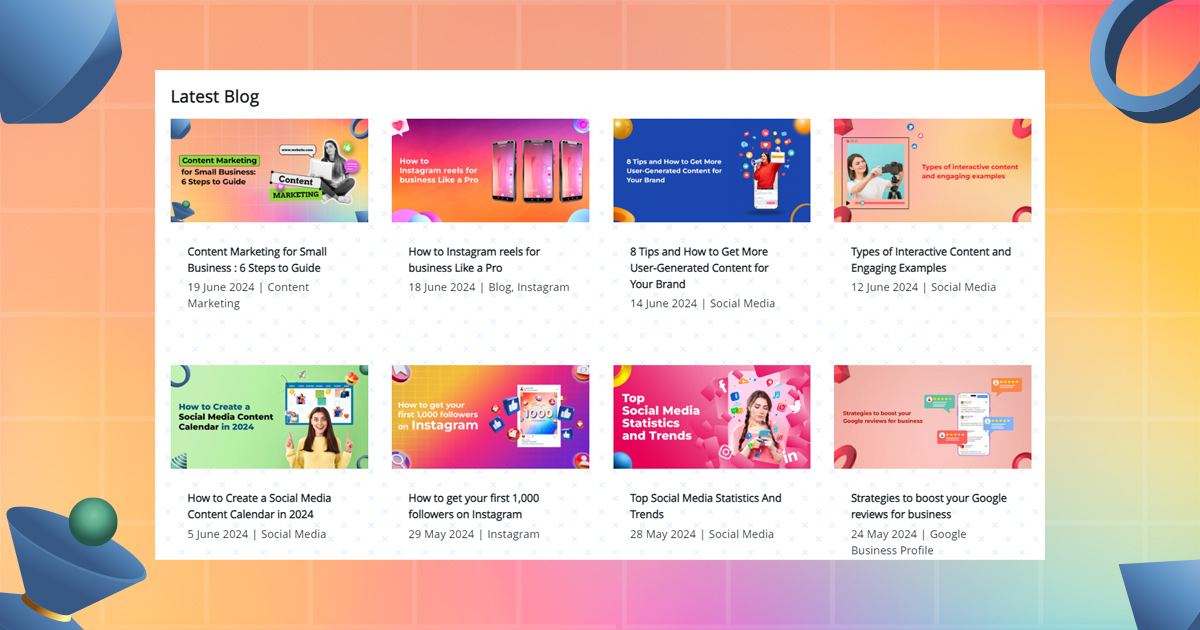
Resources for starting a blog
Here are four tips to help you start your blog and give your business a voice and turn your blogging dreams into reality:
- Choose the best Blogging Platform
- 5 steps to start your own small business blog today
2. Create a social media presence on the social channels that your audience prefers
If you’re actively selling a product or service, chances are you already have one on social media. However, just being there is not enough. You need to be active on the platform your audience wants.
But how do you decide which social media channels are right for your brand from the many options available?
Before you start posting, you first need to identify your target audience. You don’t try to be everybody on social media; you are targeting specific customers with specific interests. Once you know who you’re talking to, the next step is figuring out how to connect with them.
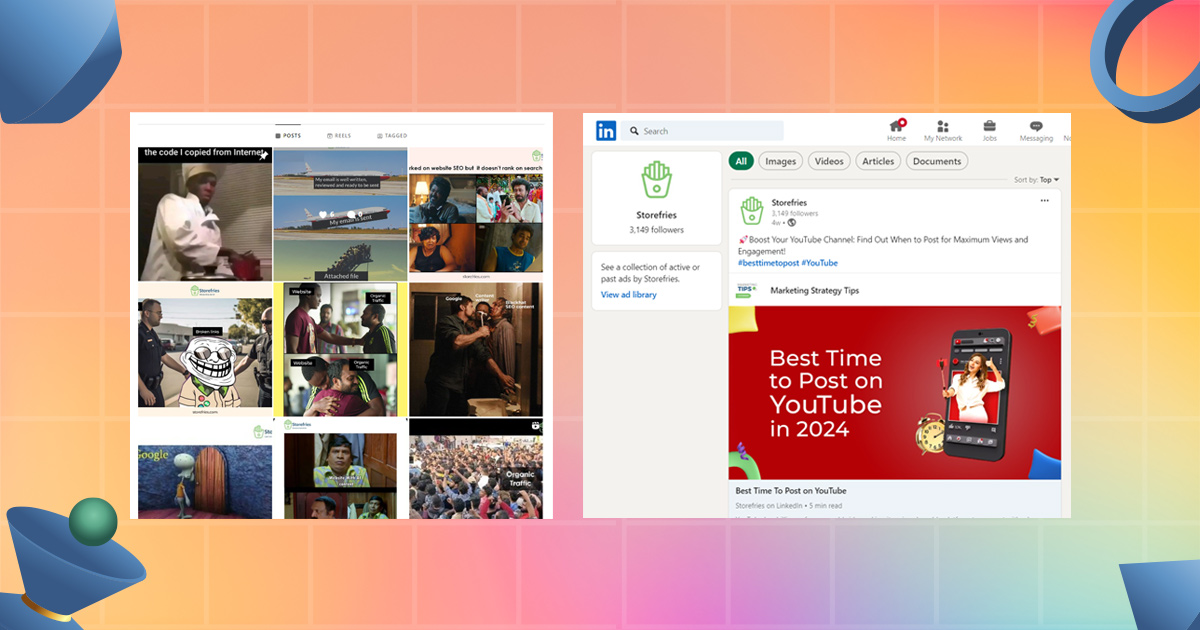
Here are a few ways to figure out where your audience is active.
- Look at your existing customer data and see where they are spending time online.
- Look at your competitors’ social media profiles and see where they have the most engaged followers.
- Use tools like Google Analytics to understand customer online behavior.
By following these steps, you can start to see where your target audience is active and start sharing content on that platform.
Resources for Building a Facebook Presence for Your Small Business
3. Start an email newsletter
Email newsletters are a great way for small businesses to start email marketing. They keep your customers informed about new products, upcoming events, industry news, and important updates.
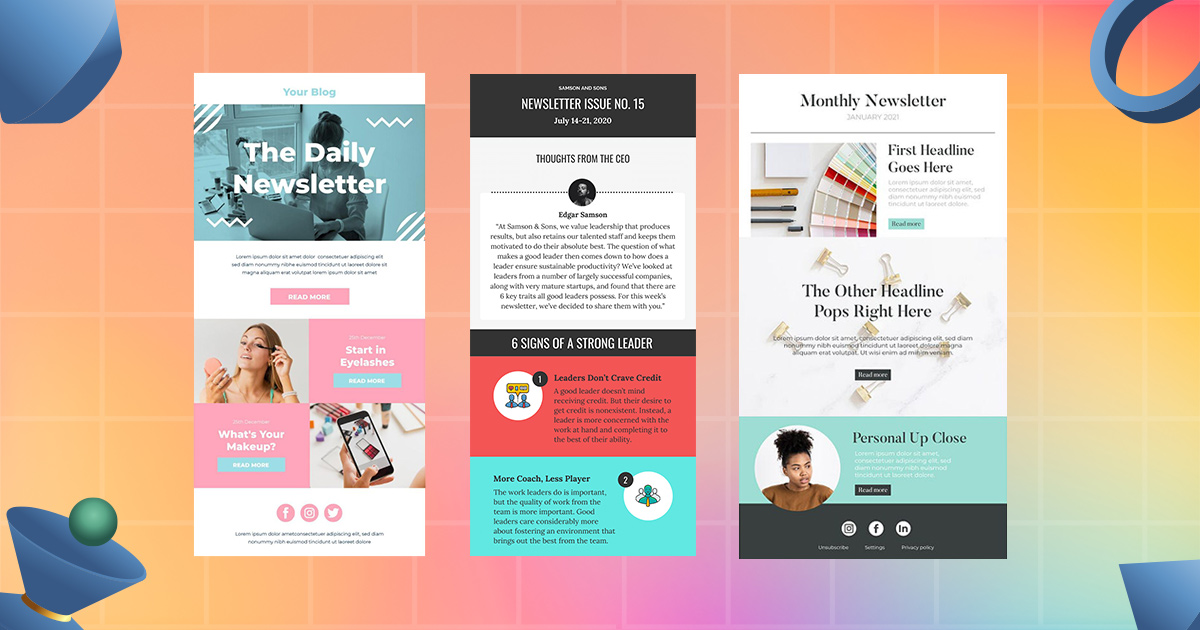
Email marketing has a high return on investment (ROI), with an average return of $42 per dollar spent. This makes it a powerful tool for small businesses. In addition to the financial benefits, the email newsletters also:
- Build trust and a positive attitude with the audience
- Promote sales, special deals, and coupons
- Increase the overall value of your customers
4. Create content that aligns with the main customer sales funnel
Matching your content to the customer’s needs is important to encourage them to buy.
Using a basic customer sales funnel and a corresponding content strategy you can determine what stage of the funnel your customer is at and provide them with information that addresses that stage.
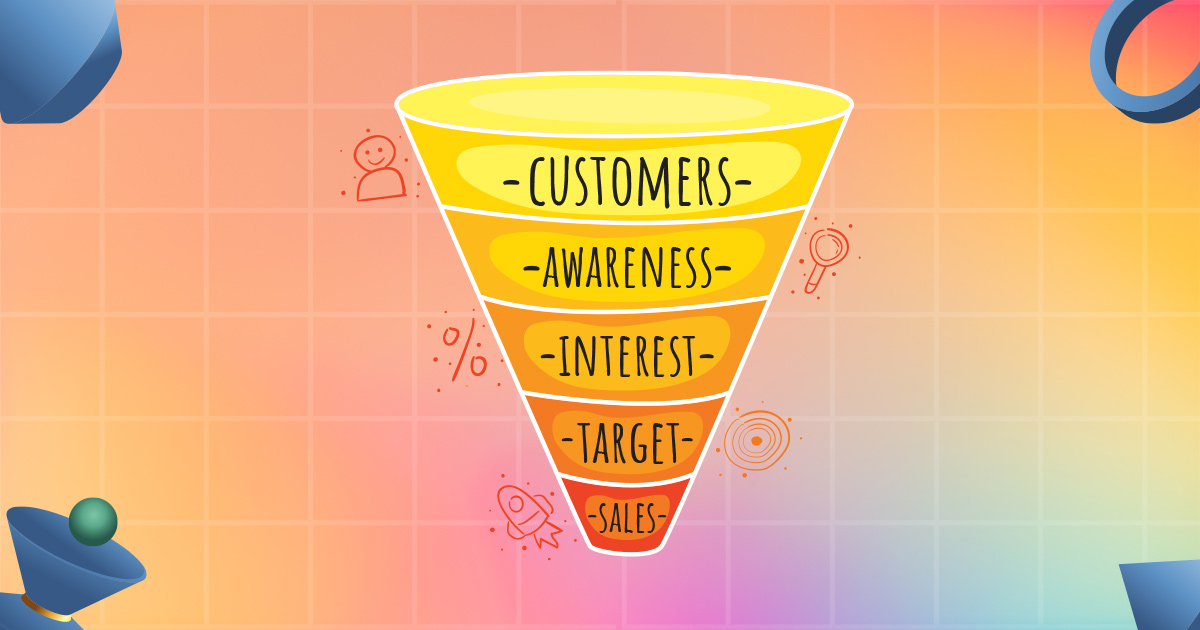
A marketing funnel describes the journey people take to become customers. They start recognizing your brand, and end up buying it. These steps usually include:
- Awareness: When a potential customer first learns about your brand through advertising, social media, or word of mouth.
- Interest: When a customer shows interest and wants to know more.
- Desire: When a customer wants to buy or take action.
- Action: When a customer completes a desired action, such as purchasing a product or subscribing to your newsletter.
To effectively use this four-step process in your content creation, be sure to tailor your content to target customers at different stages of the funnel with relevant information e.g. half up for those who are ready to change away.
Resources for Creating a Basic Sales Funnel/Content Journey
5. Create a content calendar
In addition to understanding your customer’s personas and providing them with the right products at all stages of their buying journey, it’s important to consistently deliver the right products in a planned manner.
Instead of posting on the fly, create a monthly calendar of your social media posts, blog posts, emails, and other posts you plan to do.
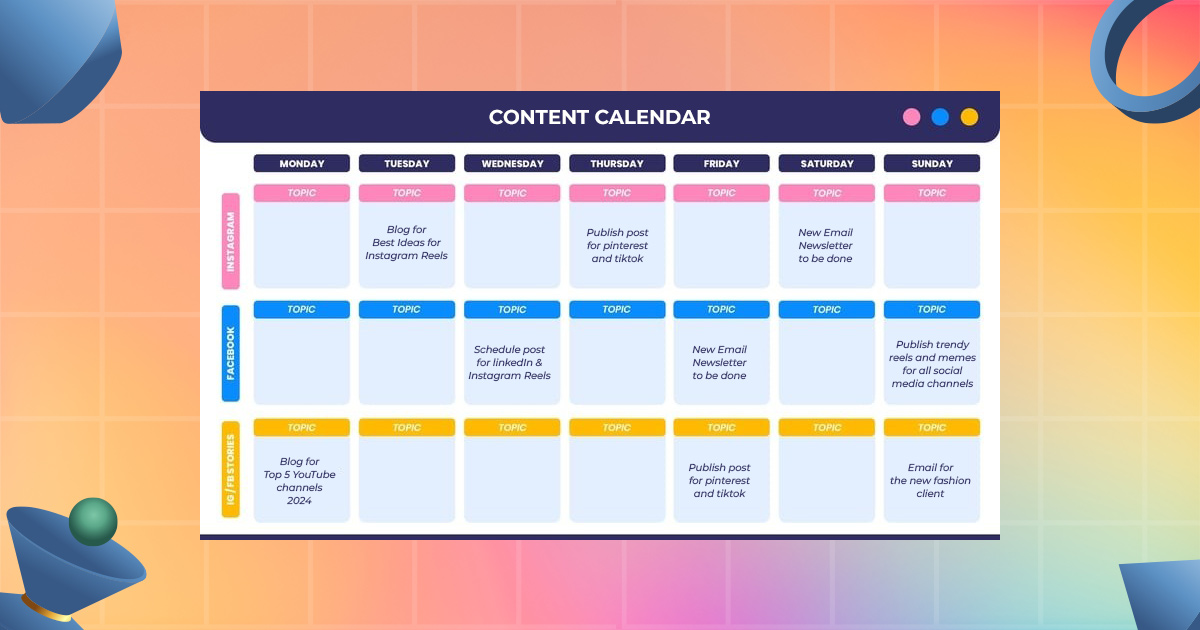
This approach not only keeps you organized but helps your audience expect and rely on consistent content. Over time, it builds trust and brand awareness.
Resources for Creating a Basic Sales Funnel/Content Journey
6. Create content diversity
It’s important to find ways to stand out in a competitive market. An effective way to run your small business is through marketing diversity.
Start by analyzing your current information and what your competitors are researching. Know what affects your audience and what doesn’t. Once you know what works, make it your goal to replicate that success with your future stories.
Now, let your creativity shine. Don’t limit yourself to existing formats. Turn your latest blog post into an infographic, or turn your infographic into a detailed white paper. You can also repurpose your whitepaper into a series of social media posts with amazing quotes. The possibilities for content development are endless.
Resources Create content diversity
7. Mine customer reviews and testimonials
For small local businesses, online searches are important because 97 percent of local consumers use them to find jobs. Your ideas can have a huge impact on your business.
Make the most of these reviews by posting them on your website and blog through social media posts and testimonials.
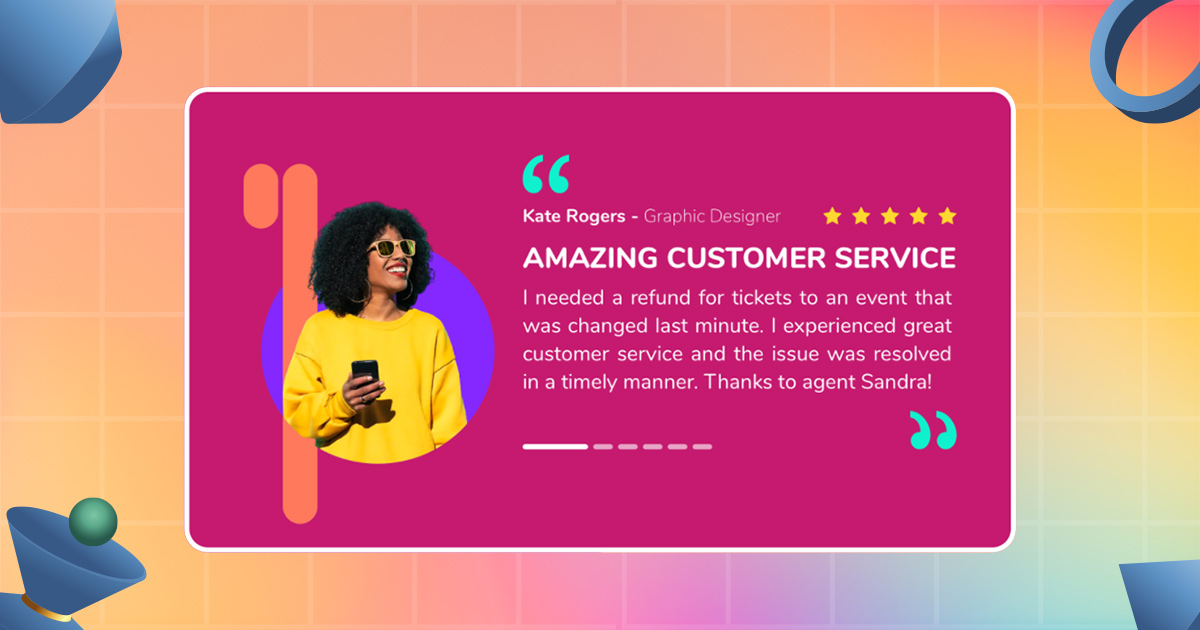
By showcasing the best quotes and putting the name in your mouth, you make each review more personal. This turns customer feedback into powerful, customer-generated advertising that speaks for itself.
Resources for Mine customer reviews and testimonials
The benefits of content marketing for your small business
Before you go about creating a content strategy and launching your first advertising campaign, it’s important to understand why content marketing is valuable. Here are the main benefits of investing time and budget in this way.

1) Stand out from your competition
Getting your business to stand out online is challenging. Content marketing helps create unique communities with your audience through original content or other never-before-seen channels.
2) Build brand recognition and authority
Investing in digital storytelling positions you as a thought leader in your industry. To maintain your credibility, make sure your content is useful, logical, and accurate.
3) Communicate with customers
Whether through organic content or paid advertising campaigns, content marketing allows you to connect with a wider audience and build meaningful connections.
4) Increased website traffic
High-quality content enables your website to be found in search engines like Google. This increases your ranking in search results and makes your content more accessible to users.
5) Increase sales power
Through a variety of resources—text, video, and social media posts—you can engage potential customers at various stages of their buying journey. As your brand becomes a trusted resource, you will see increased opportunities to generate leads and drive sales.
7 content marketing tips for small business owners
1. Choose a clear goal
Before you create content, define what you want to achieve. Align your content goals with your overall business goals. For example, if your goal is to sell 10,000 pairs of handmade sun hats, focus on products that attract customers interested in handmade sun hats. If you’re aiming to establish the CEO as an industry influencer, create content using niche market products to demonstrate knowledge.
2. Define your audience
Understand your target market—the specific group of consumers your product or service is intended for. Knowing your audience helps you better identify the best channels and platforms to reach them.
3. Know how to do it
Once you know your audience, choose the best platforms to engage with them. Options include social media, videos, blogs, infographics, case studies, interviews, ebooks, and white papers. Experiment with different styles and see which resonates best with your audience.
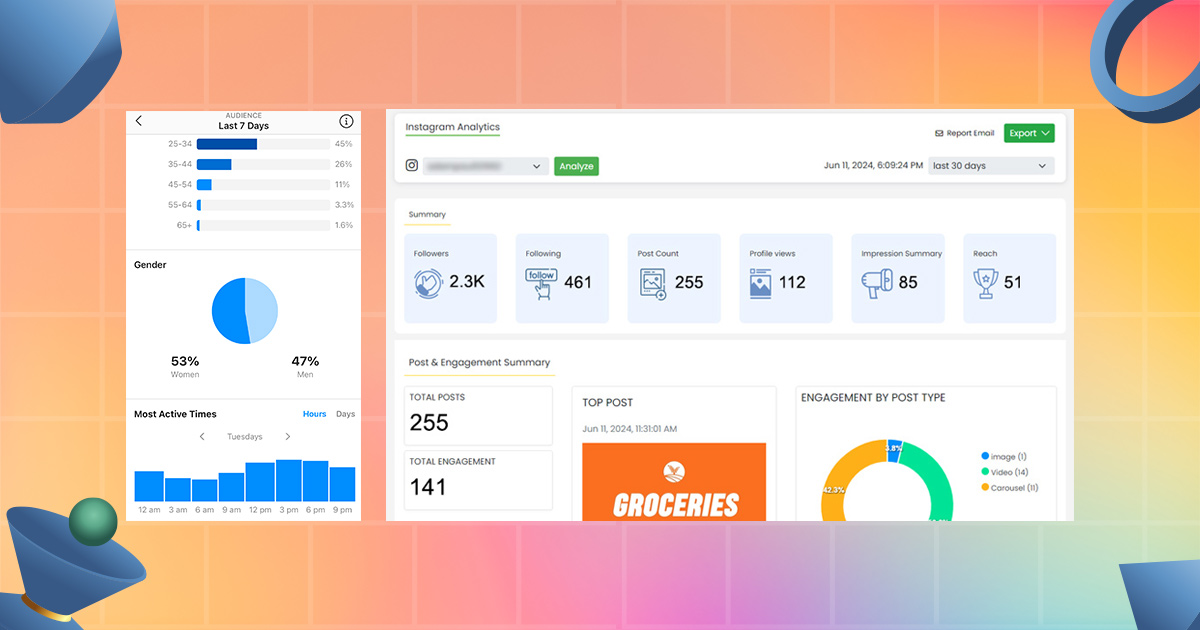
4. Do the right things
Always do high-quality things. As the volume of content grows, focus on creating new content regularly. Stay updated on industry trends and provide valuable information through blog posts, ebooks, and social media updates at least weekly.
5. Increase sales power
Monitor the performance of your content marketing efforts with analytics tools. Track metrics like website traffic, social media engagement, and lead generation. Analyzing these data points helps you refine your process and improve results over time.
6.Don’t Be Afraid to Try New Things
There’s no one right way to do content marketing. What works for one business might not work for another. So, try different kinds of content, formats, and promotion ideas to see what works best.
7.Get Help from Experts
If you don’t have the time or resources to do content marketing yourself, you can get help from experts. At Adsparksocial.com, we can help you create and use a content marketing plan that matches your business goals and reaches your target audience.
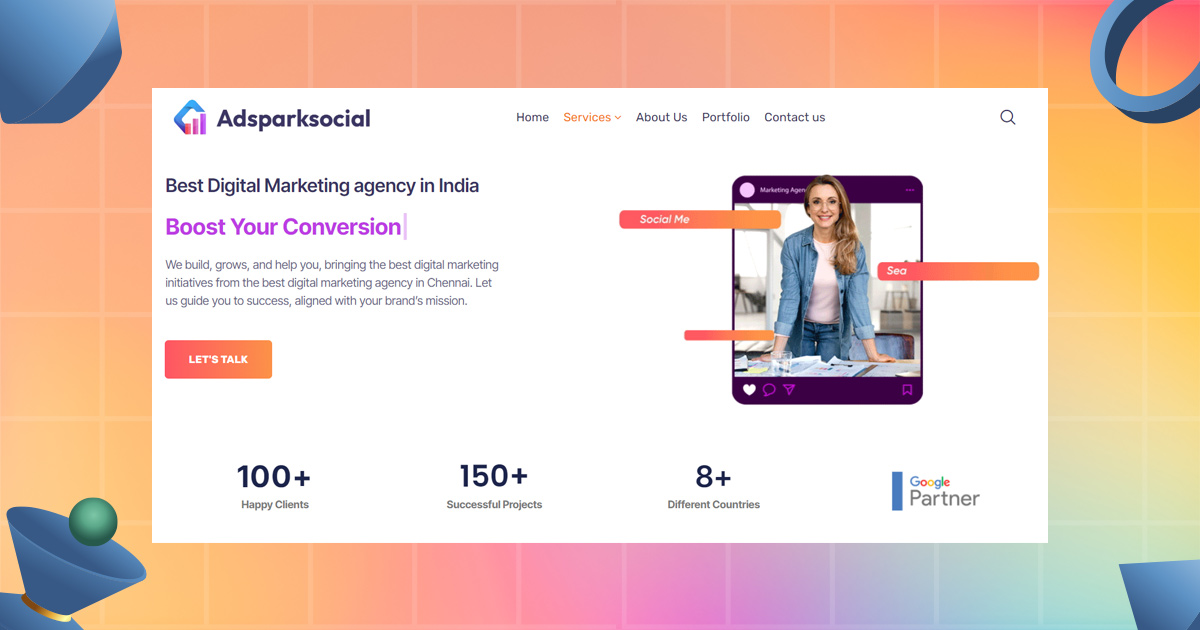
Our team knows how to make high-quality content that gets results, so you can focus on other parts of your business and still enjoy a strong online presence.
Creating a Killer Small Business Content Marketing Strategy
Building a successful content marketing strategy goes beyond creating blogs or videos. It involves considering the overall strategy, from content creation to distribution and achieving desired outcomes. This requires meticulous planning, executing tasks effectively, and collaborating with various team members.
It’s essential to understand that developing a robust content strategy takes time. Starting early allows you to reach your goals sooner and meet your established targets effectively.

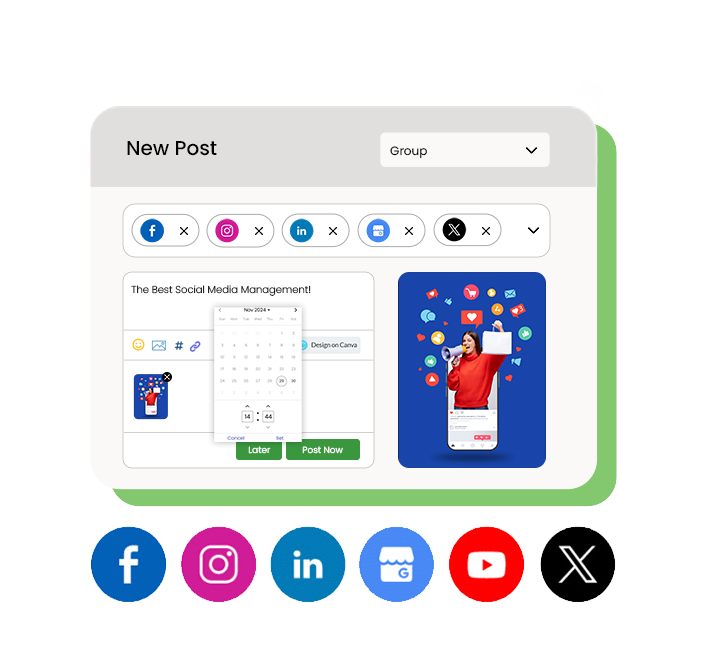
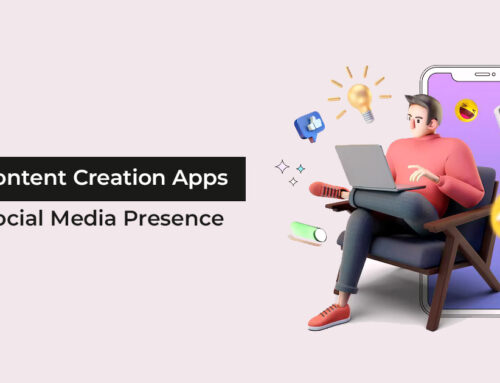


Leave A Comment